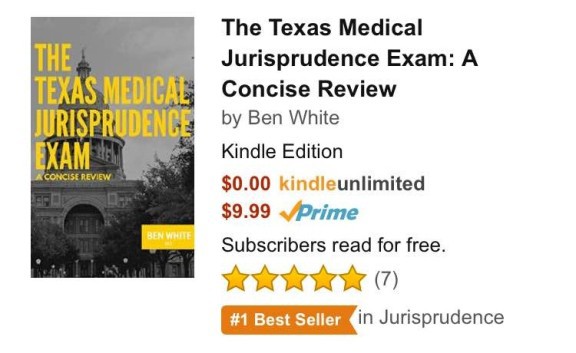Jacob Mandell’s Core Radiology is the book that first year residents should be reading to get a foothold in radiology. The classic Brant & Helms is too unwieldy, too long for a first shot, and a mishmash of styles with lots of words, comparatively few pictures, and a relative dearth of diagrams and other helpful practical knowledge. I wouldn’t characterize Core Radiology as a true Core exam review book; I think he’s using that title as a hook, but it does have the “core” of practical radiology with an obligatory sampling of useless/”classic” board/pimping tidbits.
When I was an R1, I don’t think reading B&H really helped me get a strong foundation in radiology, and I don’t think the ratio of words and concepts to pictures and actionable material helped me with my practical knowledge or approach to daily reading. Core Radiology isn’t as detailed as B&H–which is I think the point: no multicolumned walls of text. It’s a single author viewpoint written over time by a resident (with faculty consultation) and represents a “for us by us”-type First Aid approach to learning radiology. You can read the big textbooks later, but sometimes the big guys just aren’t manageable. Reading them too early can be a lost opportunity, as the extra nuance has no foundation to grow from. It’s a lot of extra work for little payoff.
So I like the book (kinda wish I had written it), but it’s definitely not perfect. A book by a single non-expert author training at one institution is going to have some flaws merely by its narrow world-view. Room for improvement:
- Needs more images. Call me old-fashioned, but I don’t think a book should describe the “head cheese sign” and not include a picture of it (especially if it gets several paragraphs of text). It always breaks my heart a little that radiology books love to describe ten diagnoses with three pictures. B&H may be a bigger offender in this regard, but both suffer from a relative dearth.
- Incomplete/misleading descriptions. True mistakes are very rare, but there some specifics that are occasionally off the mark. Sometimes an approach, rule of thumb, or a controversial/debated subjected is characterized as a widely accepted fact. Random examples include leaving breast cancer off the hypervascular metastasis list or that Kasabach-Merritt syndrome is for “splenic” hemangiomas (other locations count too). The OB sono section definitely contains some numbers and statements my attendings would have balked at (e.g. any embryo visible at ultrasound should have a heartbeat in order to be viable).
- Oddly missing facts. Random examples include discussing polysplenia heterotaxy syndrome without even mentioning asplenia and not discussing testable facts like the association of antimitochondrial antibody (AMA) with primary biliary cirrhosis.
- Physics section is basically a joke. This section is almost an afterthought. It reads like some physics notes coupled with a few decent diagrams. Much of it is too terse and unsubstantiated to be helpful for anyone without a solid background, though a few factoids might stick. Super weak. You’ll just need to look elsewhere.
As I mentioned already, this isn’t exactly a Core review book in that it’s not really written toward the test, but it definitely contains enough classic findings, useful differentials, and Aunt Minnies to help for taking cases during lectures and enough of everything else to provide a strong foundation for rotations and the rest of residency. It’s probably the best book available for R1 longitudinal non-case-based reading, and it’s solid for the Core Exam as well.
For those wanting to start some “light” board review in the fall (especially those who haven’t been prodigious readers), Core Radiology makes an excellent springboard for Core Exam prep. I myself read it during the beginning of my dedicated board review and was glad I did, but I wished I had started it earlier. The print is big, the style of concise, and the bullet points keep things moving…but it’s still not exactly short. It’s (a relatively brisk) 895 pages.
Overall: Highly Recommended.
